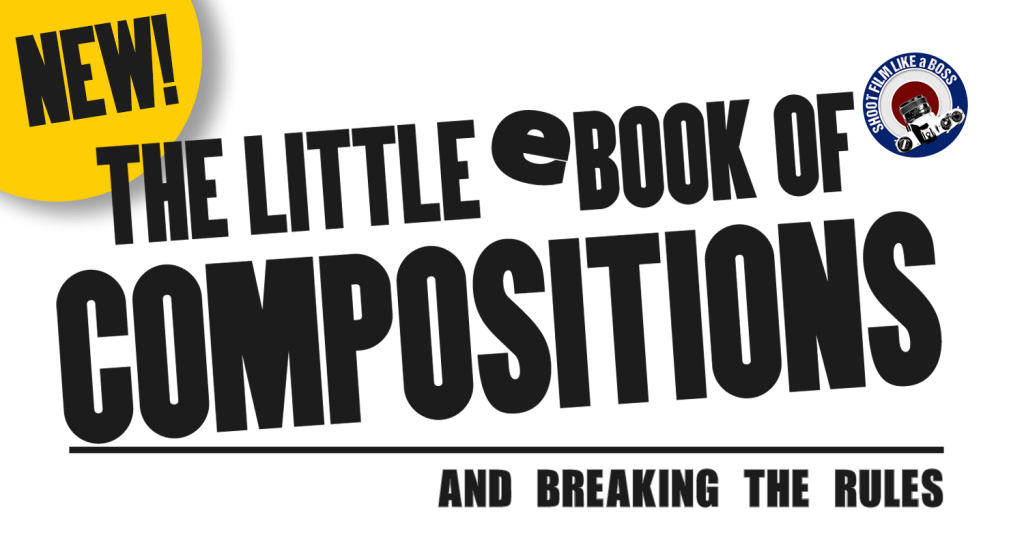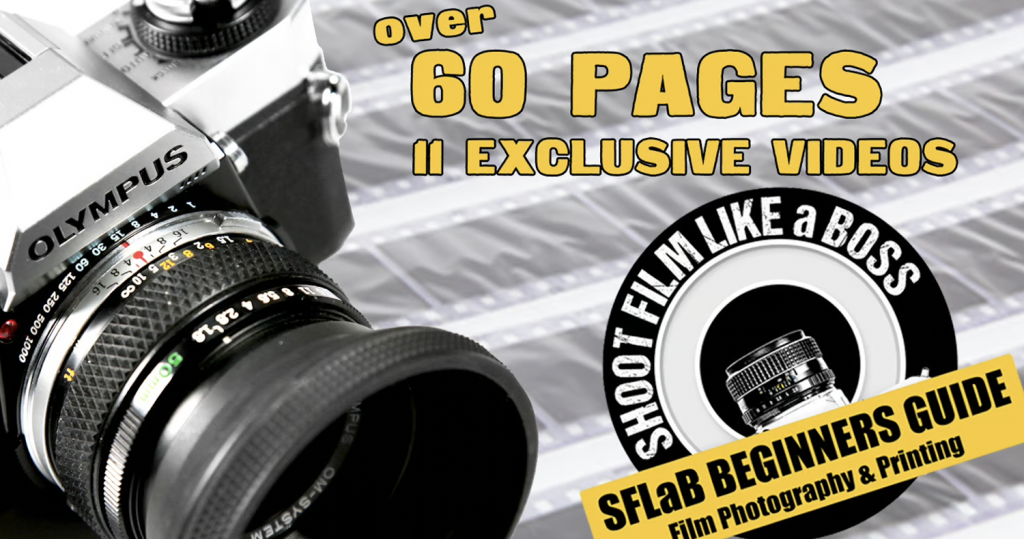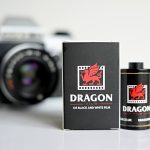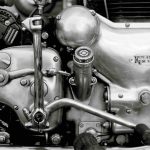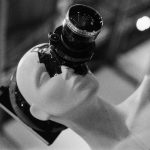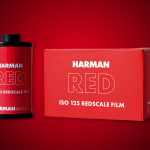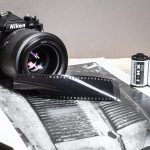We get so caught up in capturing “things” – a pretty flower, a smiling face – that we forget beauty lies in shapes, textures, colours, light and shadows.
Abstract photography might sound intimidating, something for artsy types who see beauty in a rusty nail. But guess what? You’ve probably already taken some abstract shots without even realising it! Remember that time you were in a city, neck craned towards a skyscraper, mesmerised by the play of light and shadow? Was that abstract photography!
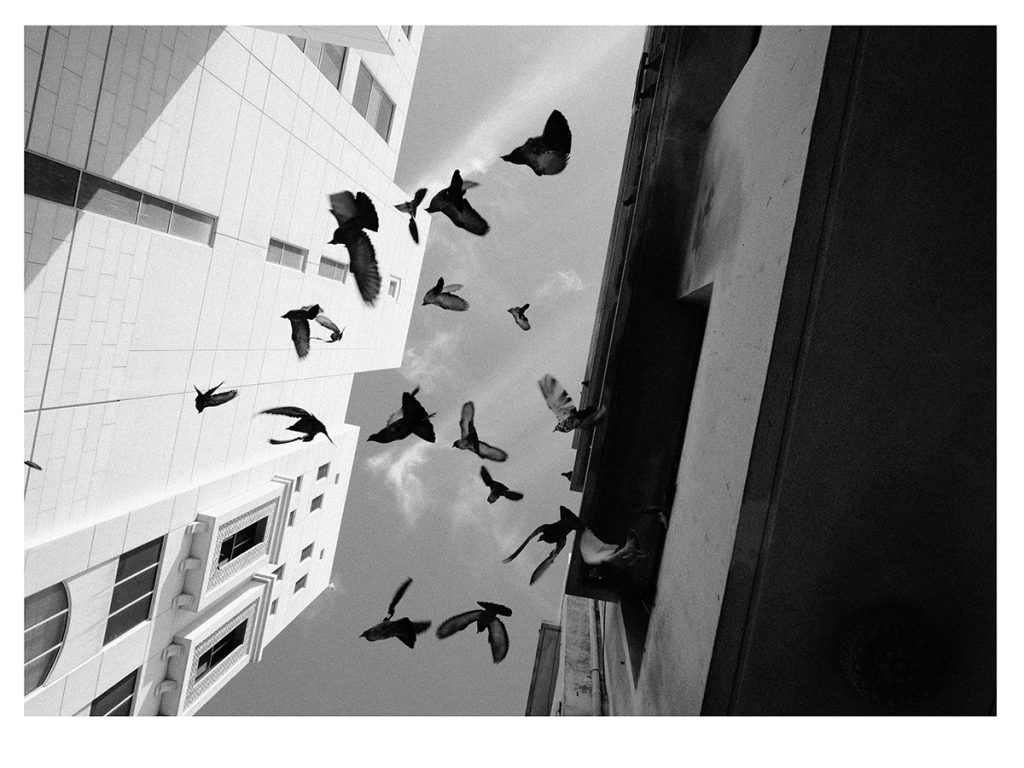
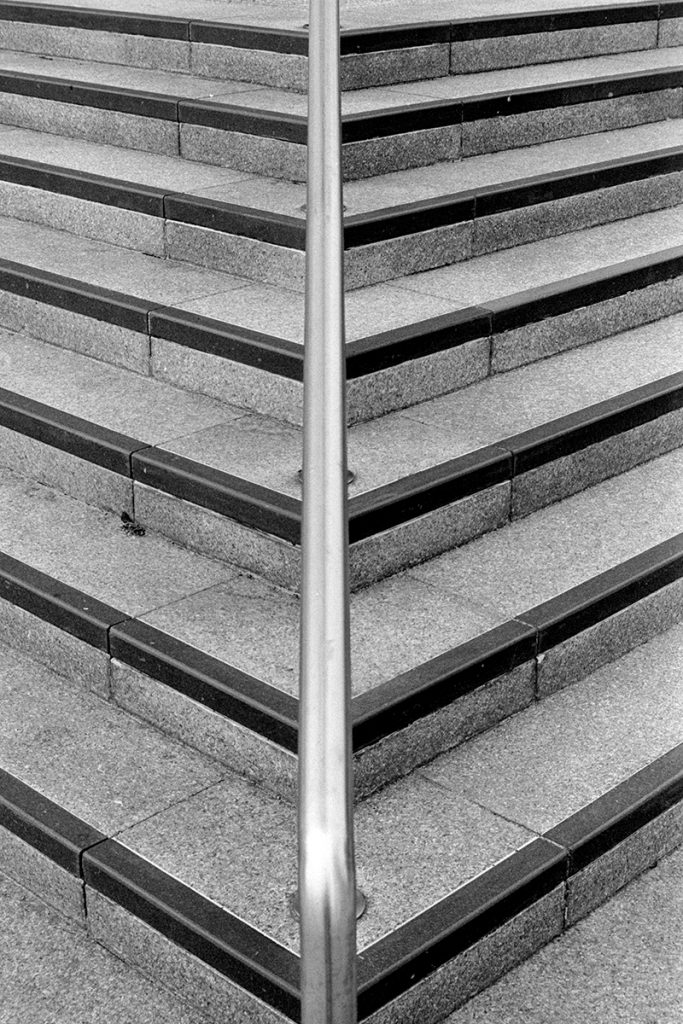
I start pondering, like a deep-thinking philosopher with a camera: ‘Where does this masterpiece belong? What’s the grand purpose of this staircase?’ Maybe it’s destined for a fancy hotel room, adding a touch of artsy intrigue. Or perhaps it’s the perfect statement piece for the lobby, subtly hinting, ‘Hey, we’ve got stairs, and they’re kinda fancy too!
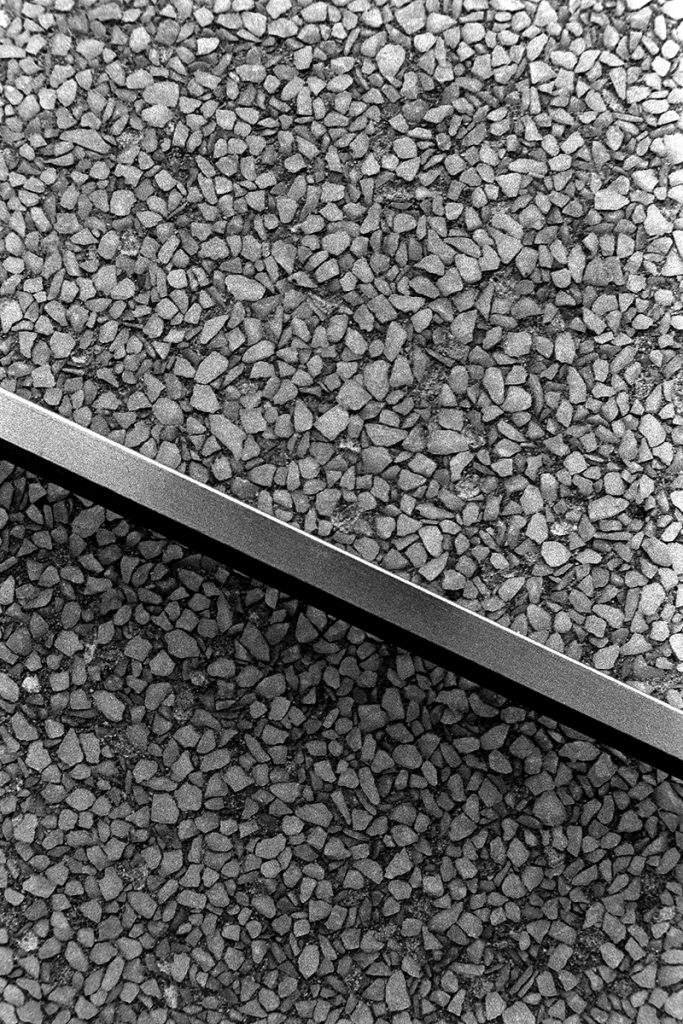
And this intriguing handrail shot. Textured wall, sleek lines… Hmm, could it be hotel room material? Maybe, but perhaps it’s still not quite ‘artsy’ enough. Time to bring out the big guns! Behold, the vegetable strainer on a light panel! Totally unrecognisable, zero meaning, a true enigma wrapped in stainless steel with holes. Now this wouldn’t be out of place on a google search for abstract! Perfect for a hotel room?… if they’re into the whole ‘black and white, existential crisis’ vibe. Maybe too much for those coming back from a hard night out.
And you don’t have to leave your home to get it.
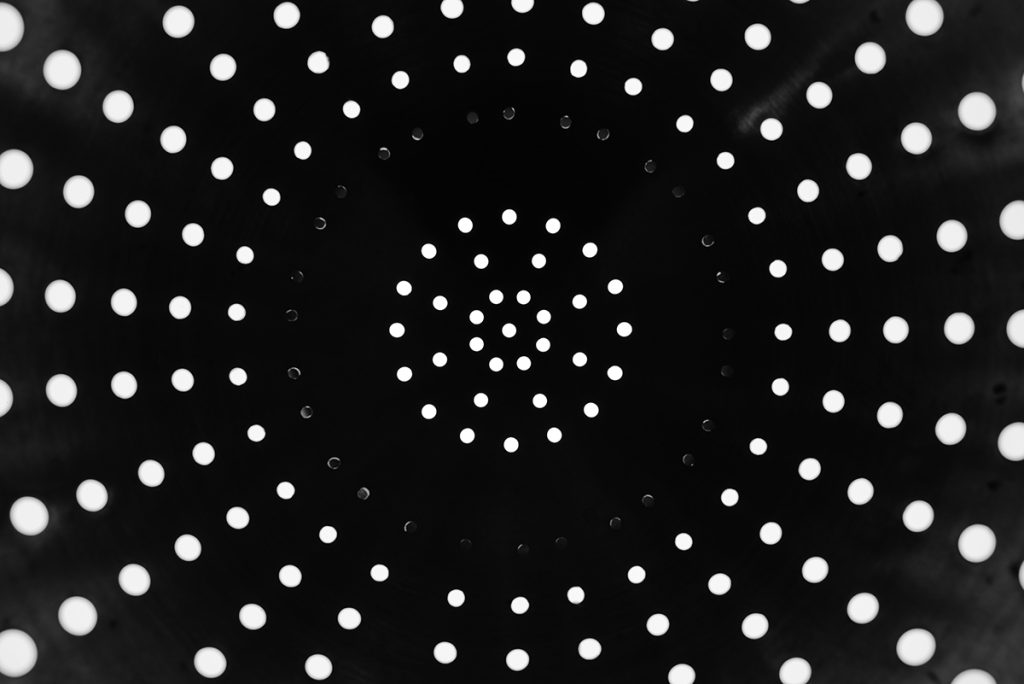
But. What is abstract?
I guess it would make sense if a client asked you for black & white abstract photographs. What would they say if you replied – “What do you mean by abstract?” Would I feel silly asking the question? Probably! Maybe my return answer would be something like “So, you are looking for black and white prints without any identity – do you want soft or do you want hard black and white? Do you want lots of texture in them, lots of different shades of black and white?” – Maybe, that would be a better answer.
We could whittle the word “Abstract” down for professional use and categorise it. So when a client asks we can give them examples of certain types.
- Soft/Hard Abstract
- 50 Shades of Abstract
- Contrast Abstract (Such as the vegetable strainer)
- Strong Abstract (Totally unrecognisable)
- Minimal Abstract (Sort of recognisable)
- Textured Abstract
- Street Abstract
I made a video recently where I explored abstract photography indoors. My set up was very simple. I used a light panel (What I use to scan my negatives), a 55mm lens and everyday objects from indoors. The light panel gave me beautiful minimalistic light that rose up and wrapped around my subjects and also a brilliant white high key background. The video idea was abstract photography with phone and computer wallpapers in mind, hence the thumbnail.
Indoor Abstract
Why indoors? Let’s face it, most of us have stared out a window, camera in hand, feeling a bit like a lost puppy. We want to capture something, but the world feels stubbornly un-photogenic. Look around your home! And if you have a light panel or even a tablet you have a high key background.
Metering the scene was easy. I just metered for the panel which meant I took a reading from the cameras average and overexposed a couple of stops. If I had a darker subject I would just overexpose by another stop or two. Overexposure didn’t matter for the light panel. You can’t get whiter than bright white.
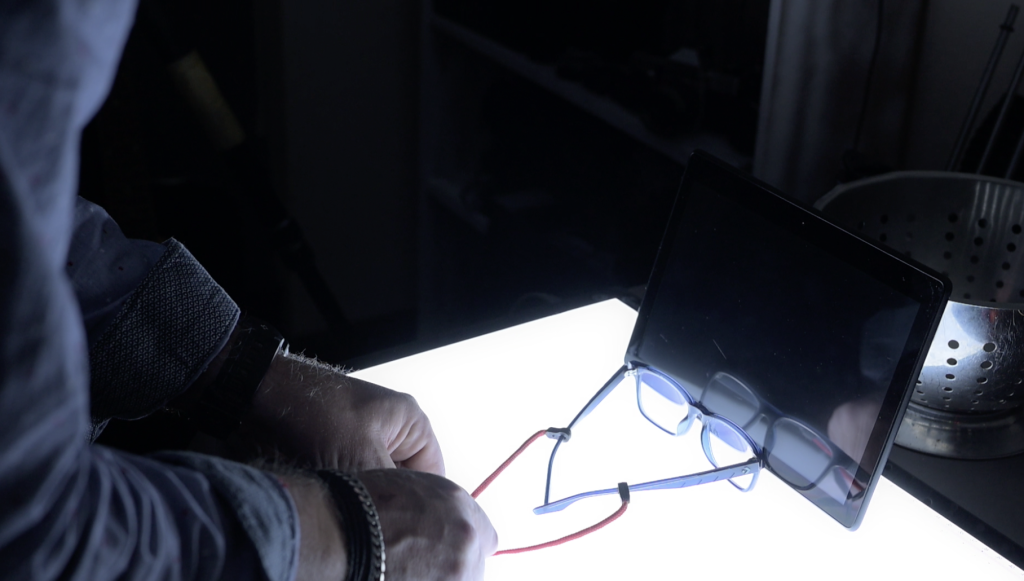
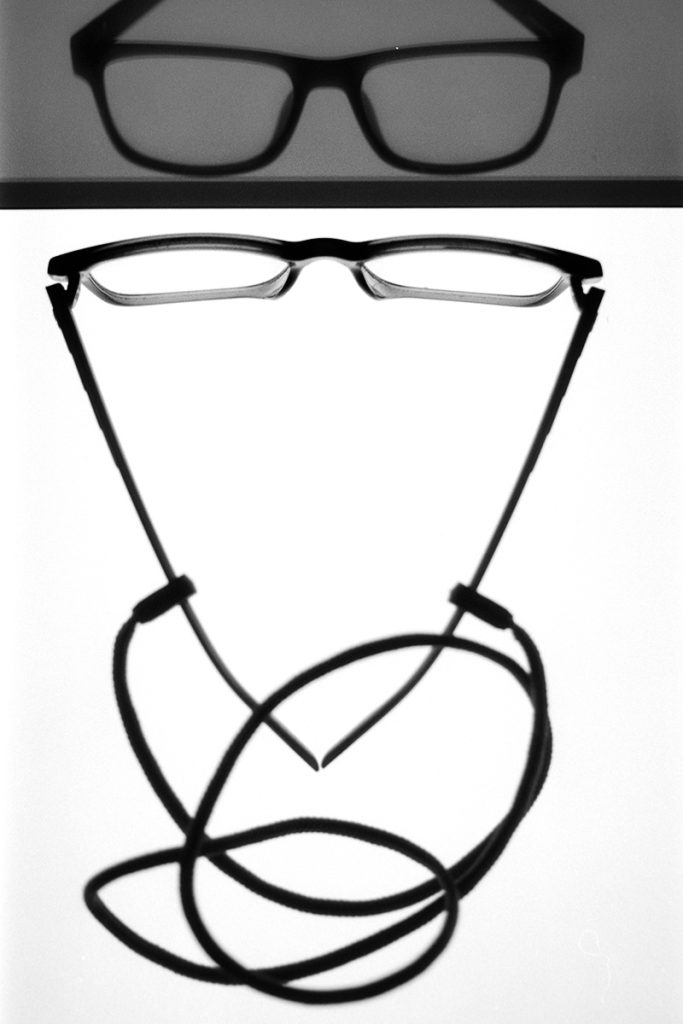
Abstract? I’d say more arty farty. But let’s look at those categories I mentioned and see if I have any photographs that may resinate.
Soft/Hard Abstract
I would split this into two. Soft or Hard. Soft being a photograph with a shallow depth of field and Hard with a larger depth of field. Here are two photographs of pens. One is soft, the other hard. Controlled by the aperture.
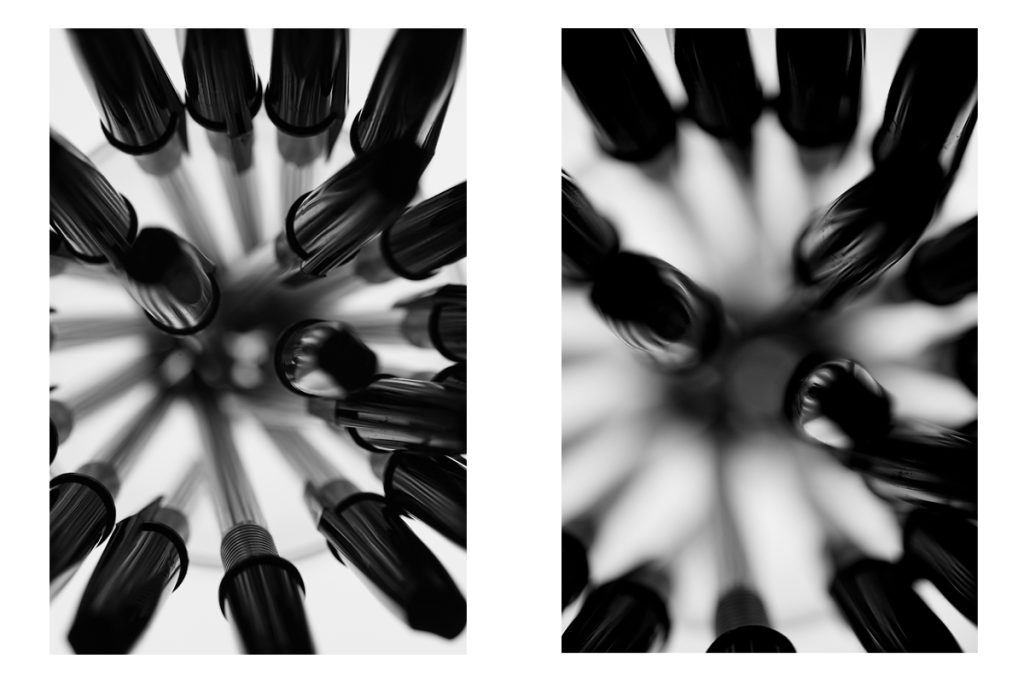
Shades of Abstract
This would be abstract photography which has many shades or tones. This is tracing paper screwed up and the light from the panel gives us many shades.
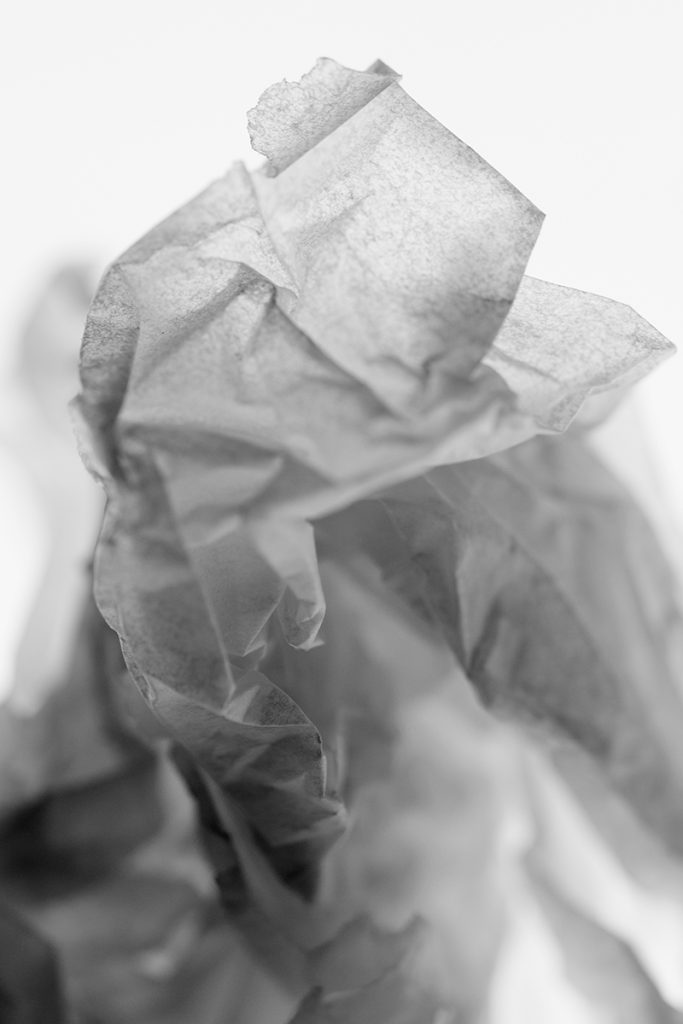
Contrast Abstract
This is an easy one. Hard contrast.
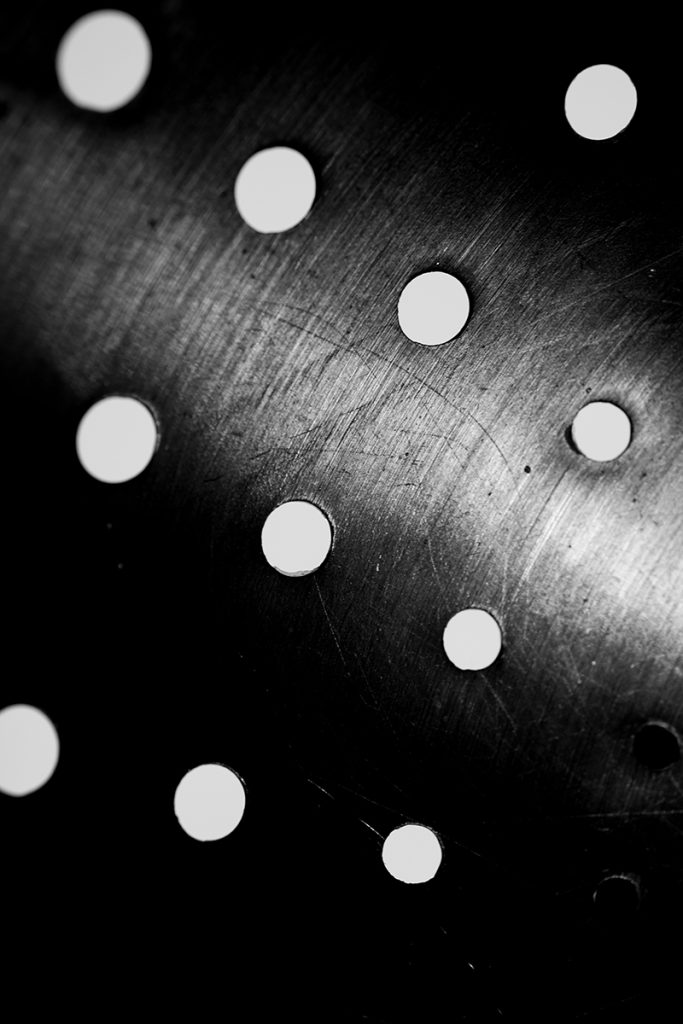
Strong Abstract
For a strong abstract photo I would say something totally unrecognisable. This could also be Strong – Plus another category such as Strong Soft. Strong Textured.
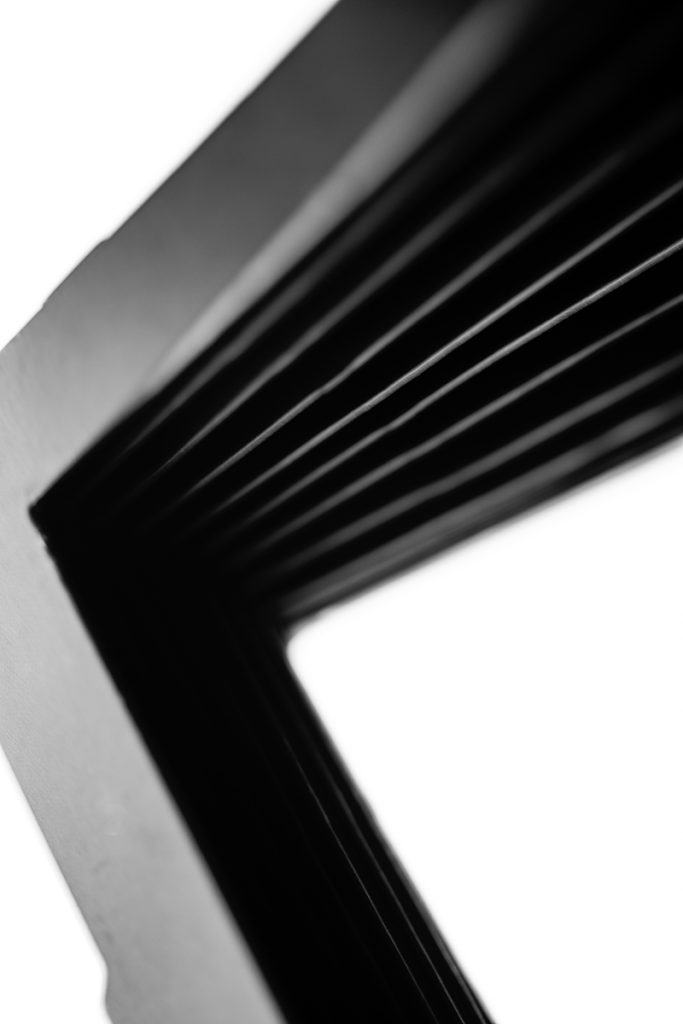
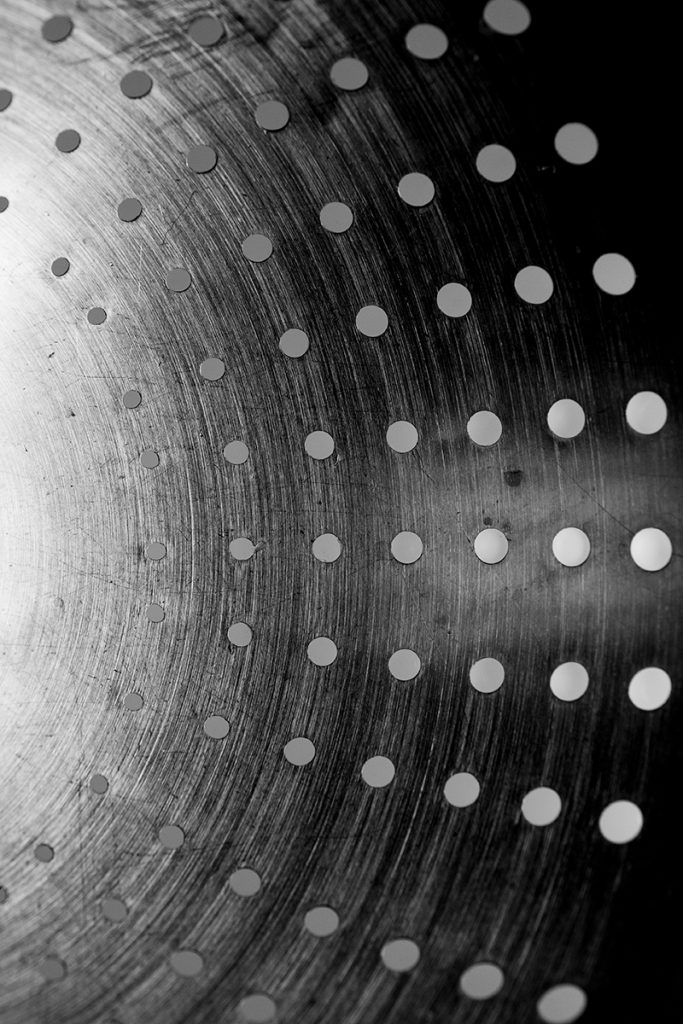
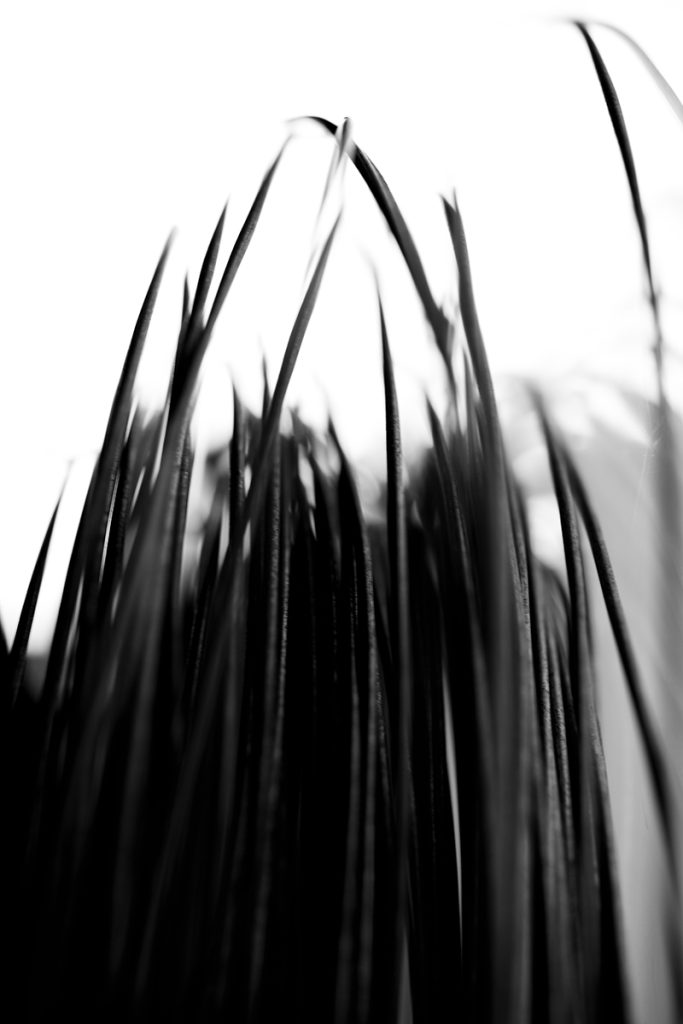
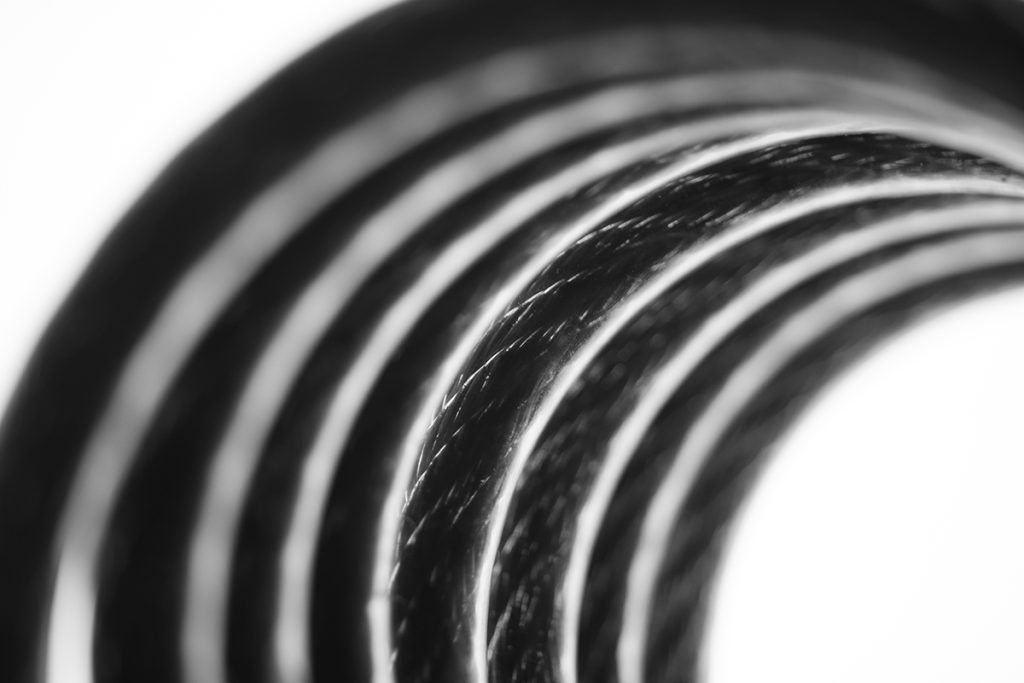
Minimal Abstract
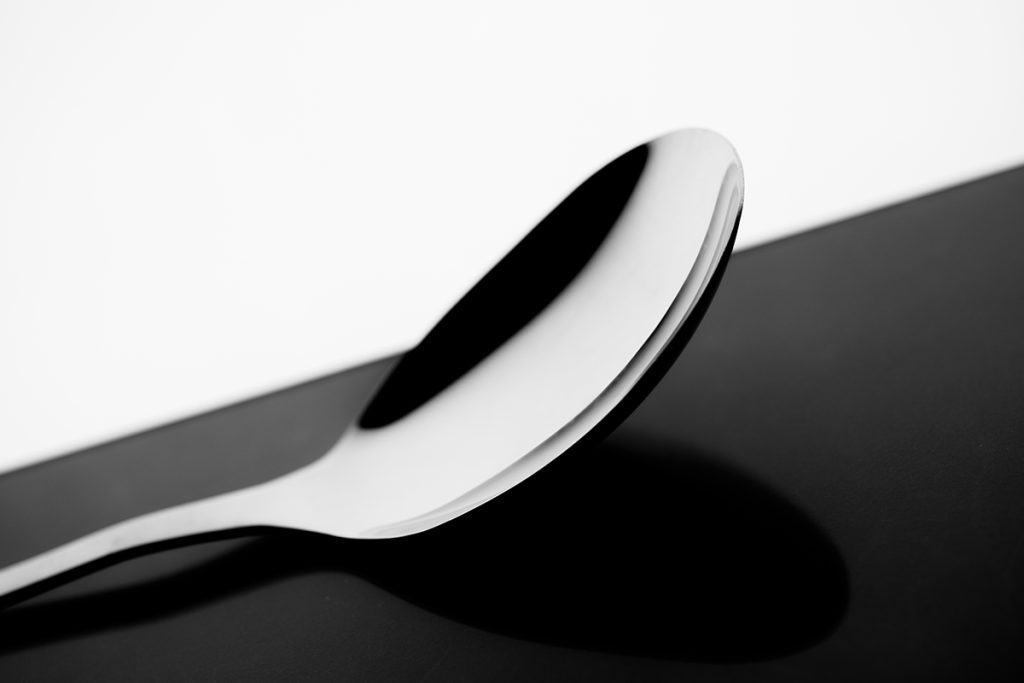
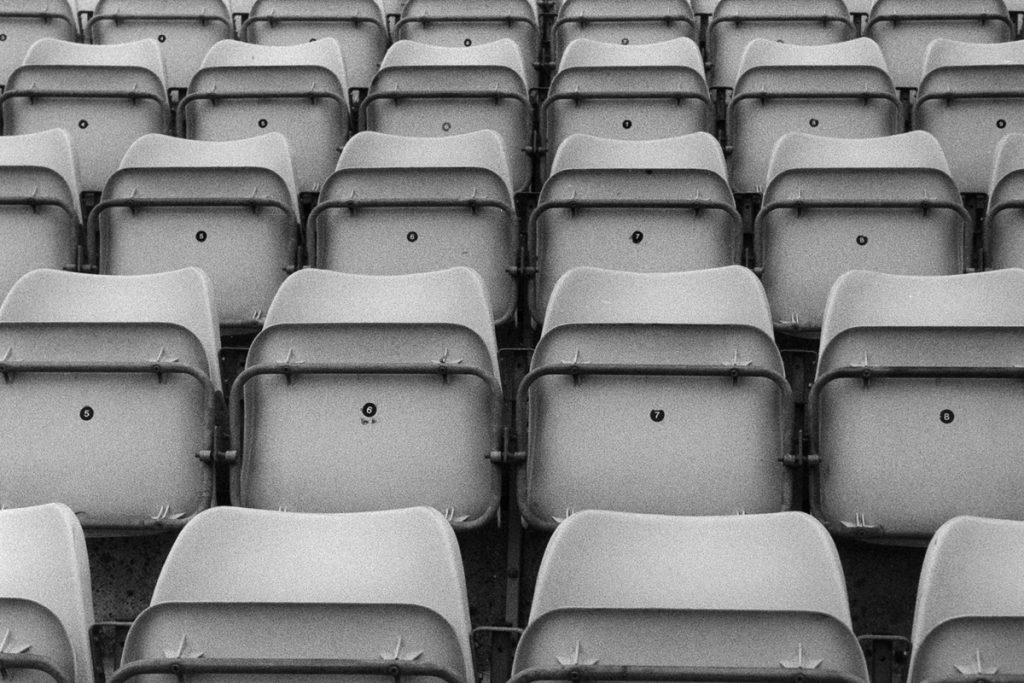
Textured Abstract
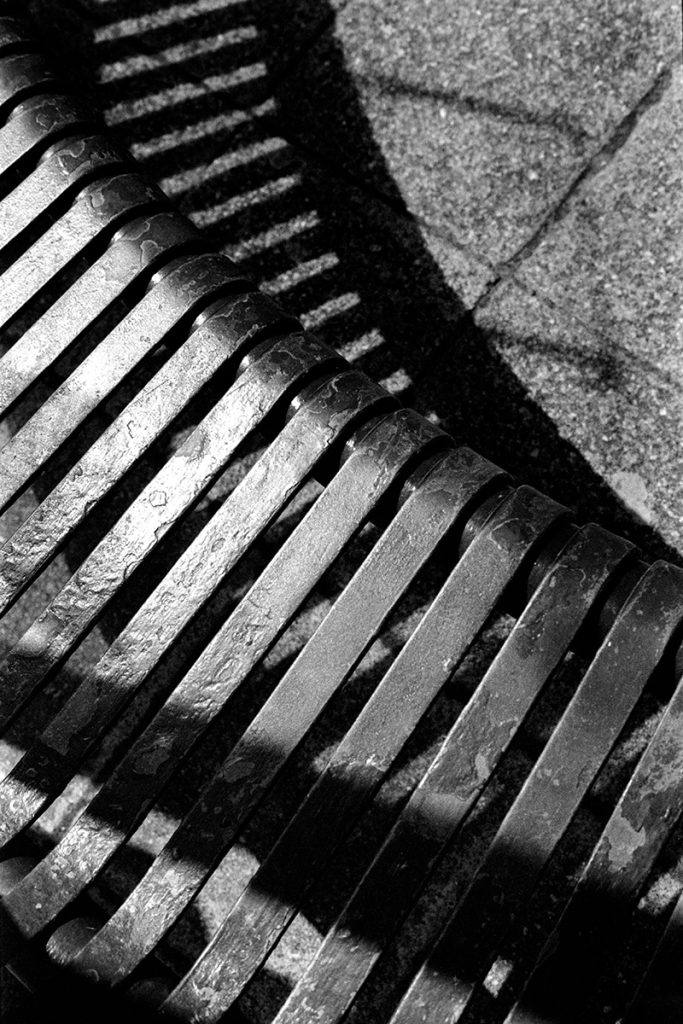
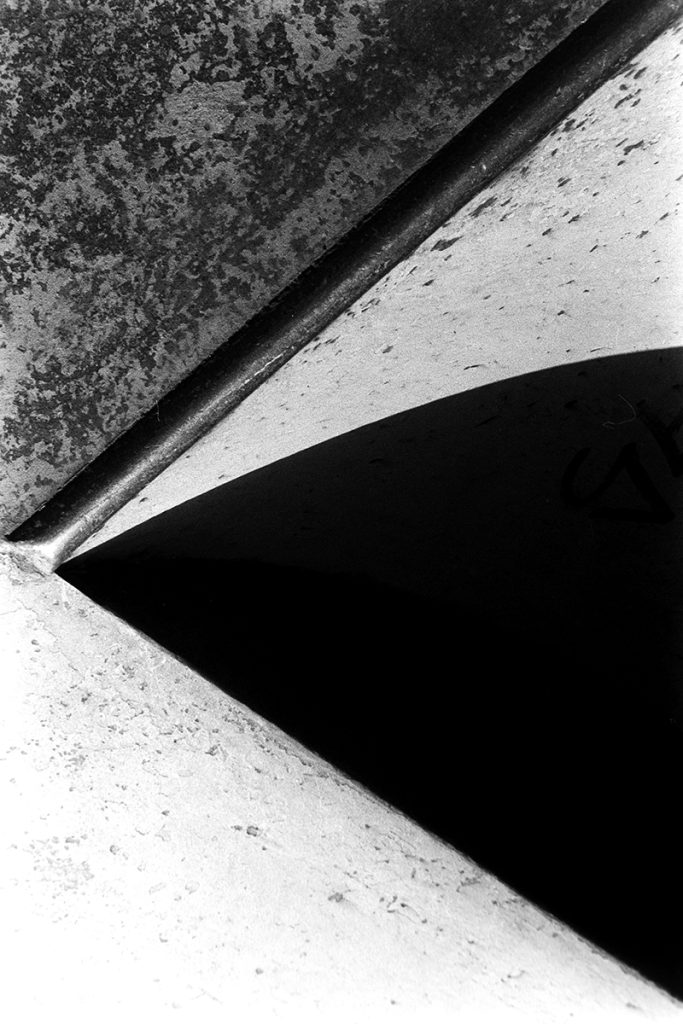
Street Abstract
It’s not difficult to find abstract in the street for all of the categories. Probably a lot easier than indoors and you have the option, when sunny, for hard light for more striking shadows.
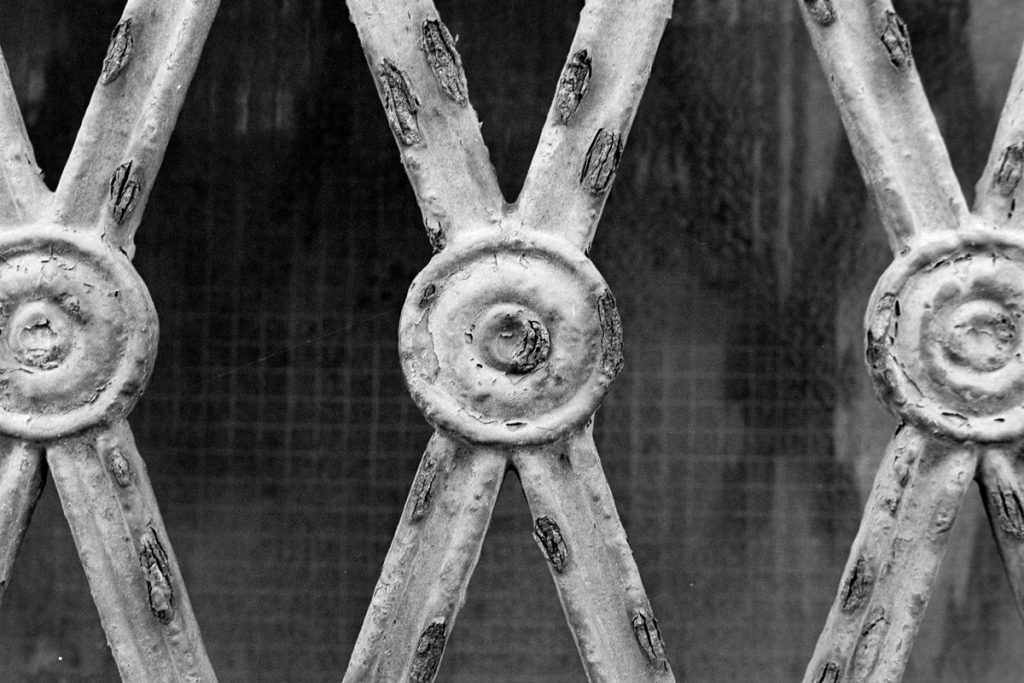
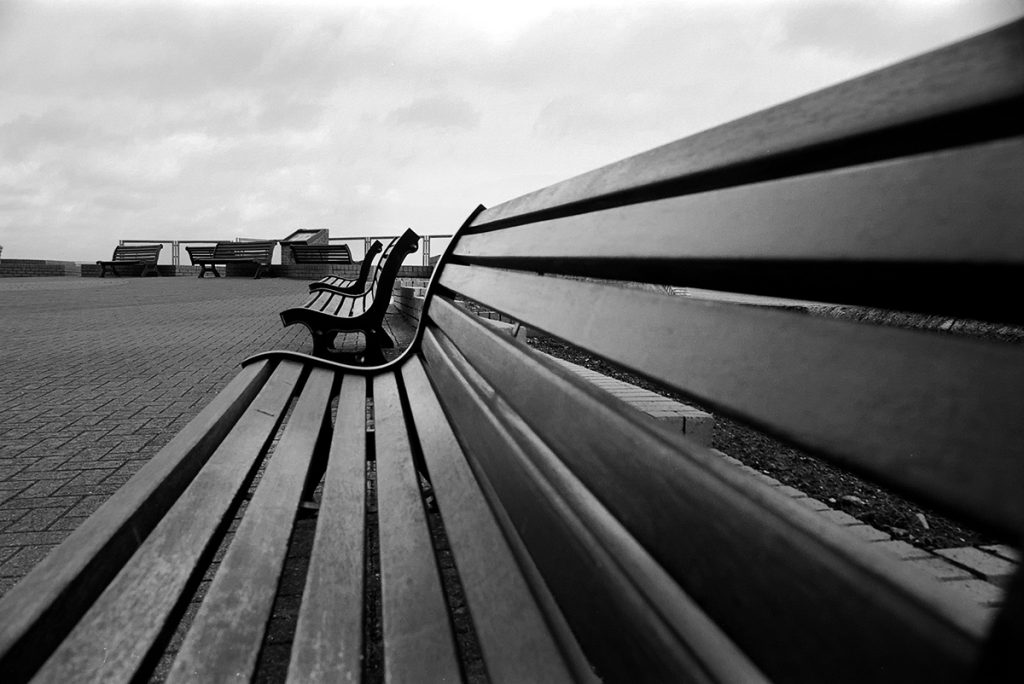
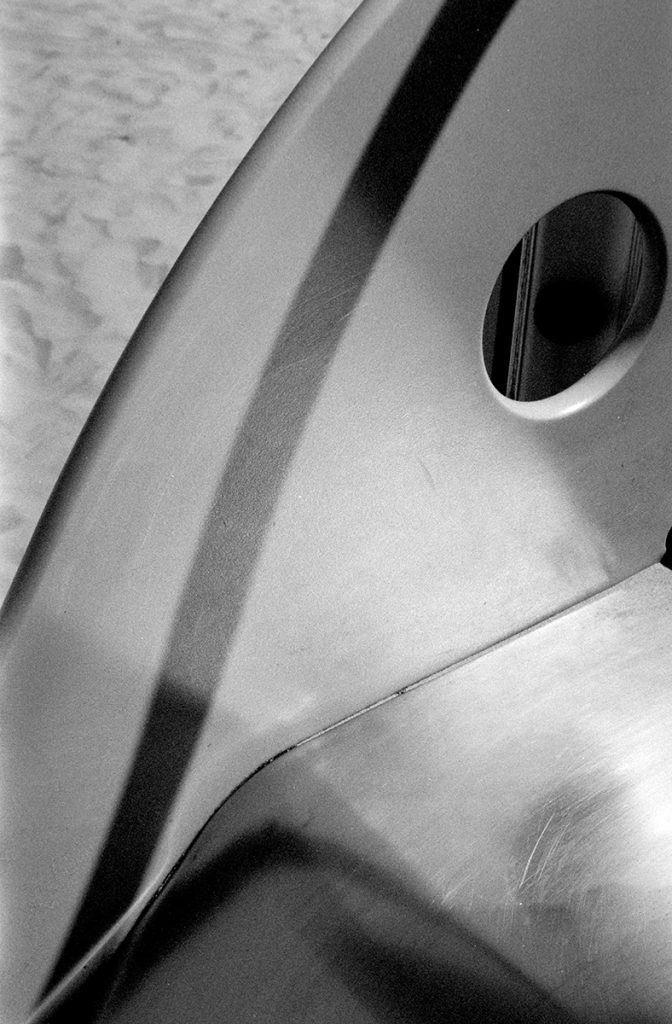
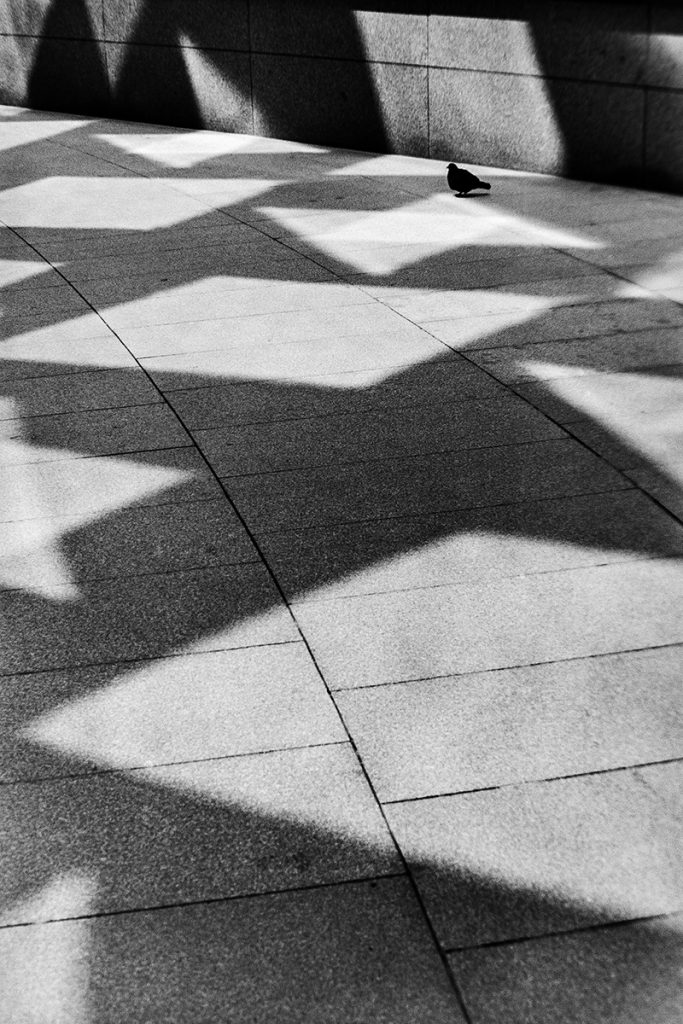
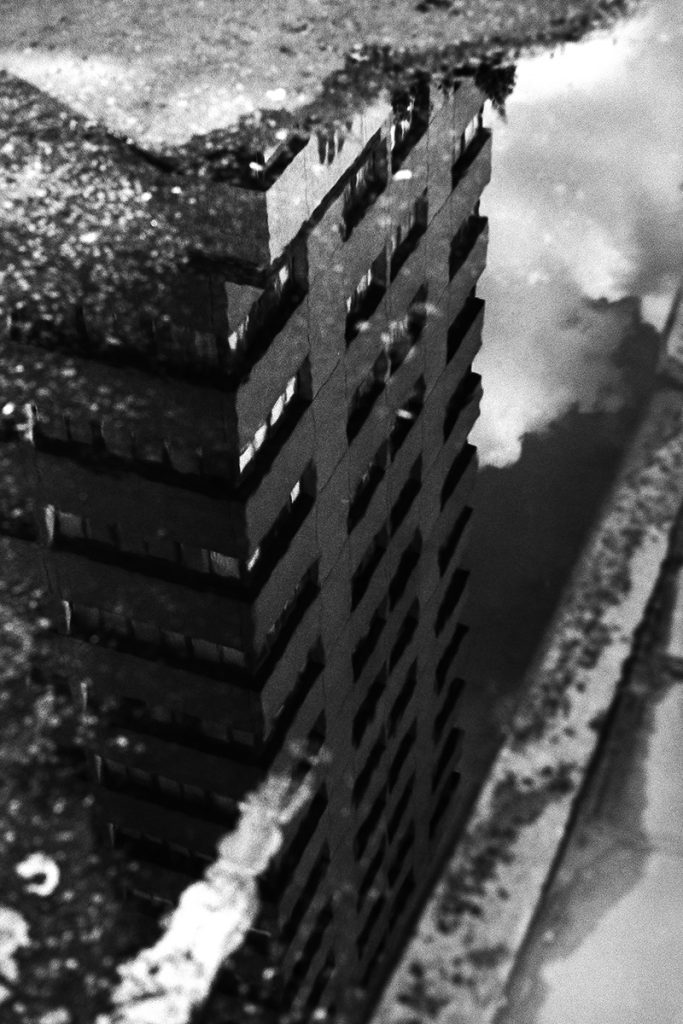
Where it all gets lost!
I think it’s important not to allow “Minimalistic” Photography to get in the way of abstract and you could argue that some of the examples I have shown are just that – Minimalistic Photography. Which is when things get confusing! The categories we can use to make sense of it all? I think on a client side of the argument it’s a sensible way to define or whittle their understanding and expectations. As if a client asked me for an “Abstract” print for his hotel rooms they could possibly choose one that I and many consider to be minimalistic. Abstract to me is a word that can define many styles and we can find abstract by looking for the main ingredients –
Light, Texture, Shape, Symmetry and colour regardless of subject identity. Meaning it – doesn’t matter if it’s obvious. Like this Guitar.
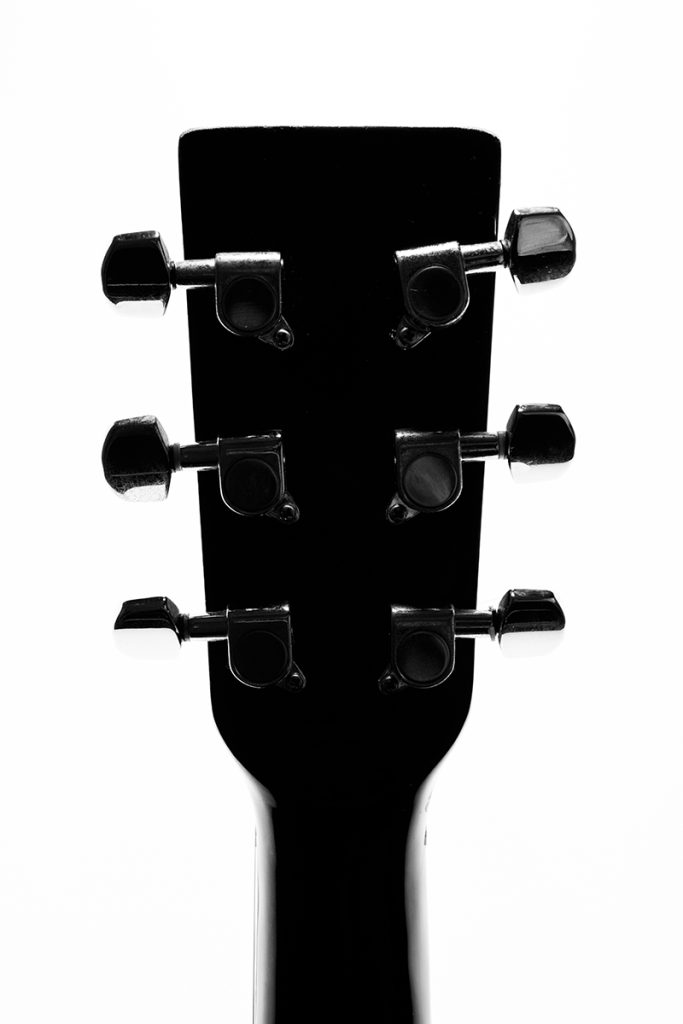
Just because we can see it is a Guitar, does it mean it’s not abstract? Maybe it’s too obvious.
Google the meaning it says “Abstract photography, sometimes called non-objective, experimental or conceptual photography, is a means of depicting a visual image that does not have an immediate association with the object world and that has been created through the use of photographic equipment, processes or materials.” Wiki
So how about this of the Guitar. Maybe it’s more inline with abstract where it’s not so obvious.
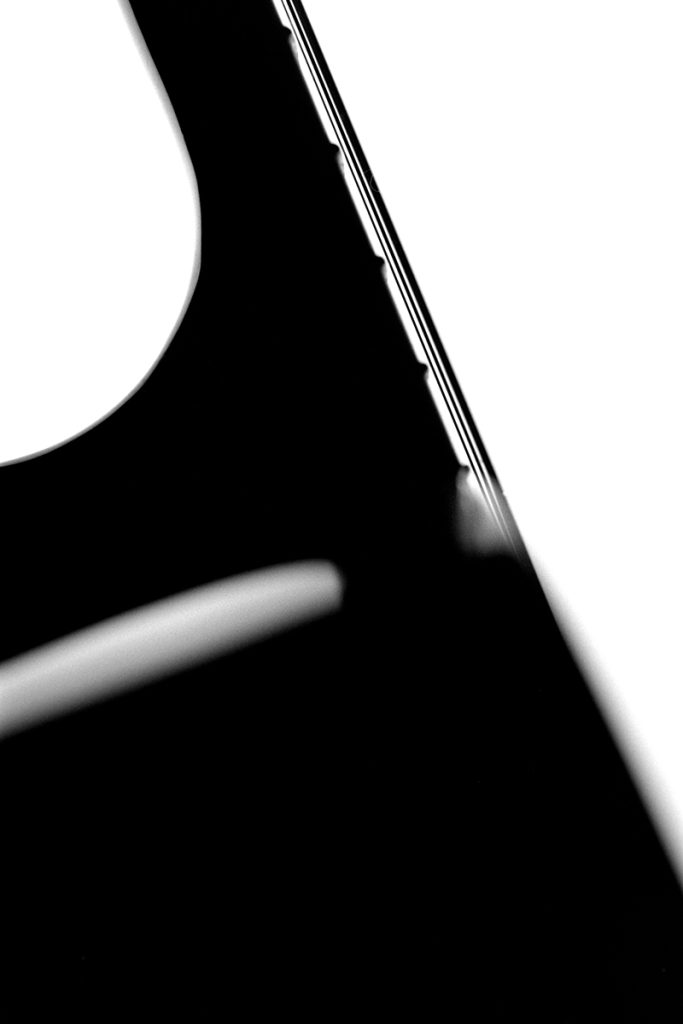
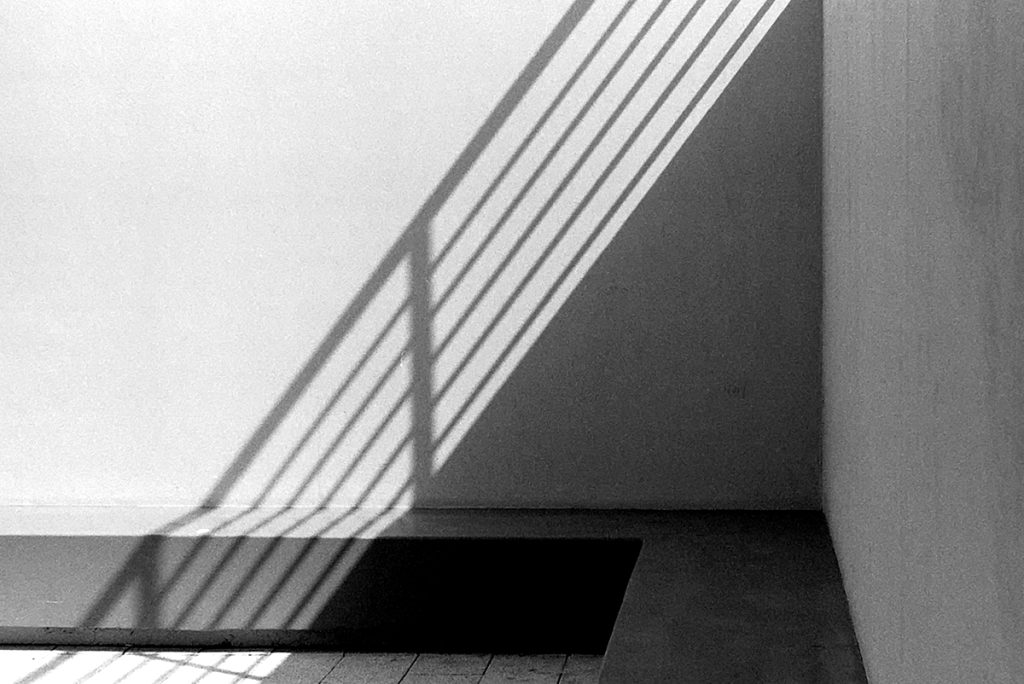
Above all it is a good subject to take on – sometimes with stunning results and just because you have Googled “Abstract Photography” don’t feel pressured to find similar. Look for those ingredients wherever you are, take the photo and see how it turns out. You’ll soon find out yourself what you see as abstract. And if you’re not into street photography there is plenty of subjects you can find indoors that can lend themselves to some awesome abstract photos.
